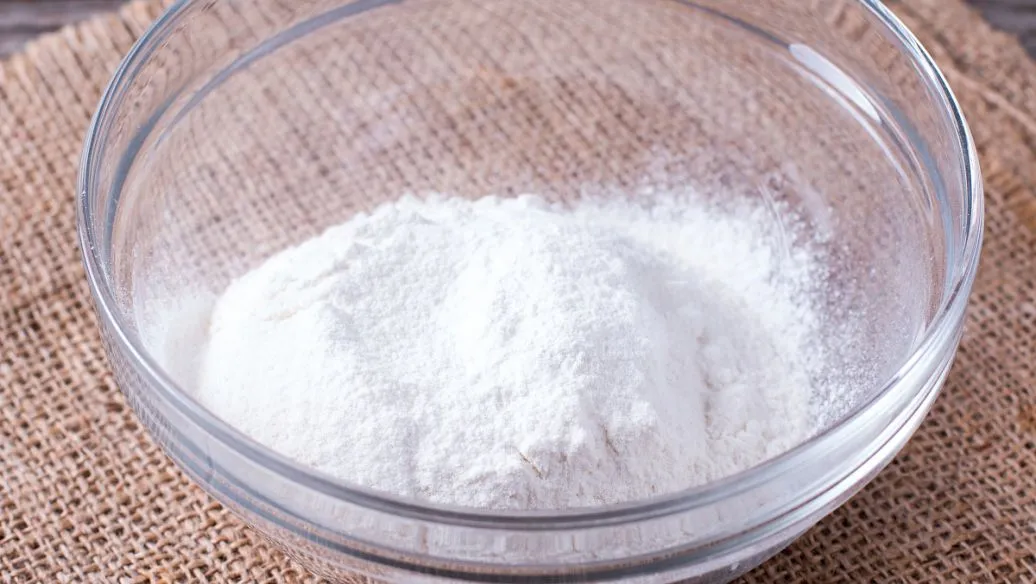
Hydroxypropyl and Hydroxyethyl Starch Derivatives: Uses in Food, Pharma, Hair & Skin
Starches modified with hydroxypropyl and hydroxyethyl groups offer versatile functionality across food, pharmaceutical, cosmetic, and medical fields. From hydroxypropyl starch phosphate used as E1442 in sauces to hydroxyethyl starch (HES) formulations like 6% hydroxyethyl starch 130/0.4, these ingredients address stability, viscosity, film forming and intravenous volume support.

Hydroxypropyl Starch Phosphates in Food, Skin & Hair Applications
Hydroxypropyl starch phosphate, also known as hydroxypropyl distarch phosphate (E1442), is a cross linked modified starch widely used in the food industry as a thickener, stabilizer, and emulsifier . It improves freeze-thaw stability and maintains texture in soups, sauces, dairy desserts, pie fillings, ready meals, and ice cream .
Its unique ability to absorb water and form stable gels makes it ideal for processed foods, where hydroxypropyl starch food labeling is common. It's odorless, tasteless, and easily soluble in water .
Beyond food, hydroxypropyl starch phosphate for hair 和 hydroxypropyl starch phosphate for skin are used in cosmetic formulations. As a film former and texture enhancer, it gives a silky, nonsticky feel, controls oil, and improves moisture retention in lotions, creams, and styling products—especially effective for curly hair .
Another emerging ingredient, hydroxypropyl pea starch, is plant based and often used in pharmaceutical film coatings or vegetarian capsule shells. It provides a clean label binder and texturizer without animalderived components.

Hydroxyethyl Starch (HES) in Medical IV Solutions
Hydroxyethyl starch, often abbreviated HES, is a different class of modified starch used primarily in medical applications. Typical formulations include 6% hydroxyethyl starch 130/0.4, also known as HES 130/0.4, marketed with names like Voluven .
These hydroxyethyl starch solutions for infusion are administered intravenously to treat or prevent hypovolemia following trauma, surgery, or blood loss . The HES hydroxyethyl starch IV acts as a colloid, expanding plasma volume and supporting circulation. Younger children and adults typically receive doses up to 50 mL/kg daily .
However, safety concerns have emerged. In critically ill adults, especially those with sepsis or kidney impairment, HES products have been linked to increased mortality and need for renal replacement therapy . Many regulatory bodies now recommend limiting HES use to specific contexts under strict monitoring.
Distinctions such as hydroxyethyl starch 130 0.4, HES hydroxyethyl starch, and commercial solutions are all part of the broader hydroxy starch category.
While pentastarch (a different hydroxyethyl starch) may appear in pharmaceutical contexts, it’s distinct from hydroxypropyl starch derivatives used in food and cosmetics.
Conclusion
From hydroxypropyl starch phosphate E1442, used as a thickening and stabilizing agent in food, to hydroxypropyl pea starch in pharmaceutical capsules, and from hydroxypropyl starch for hair and skin to HES hydroxyethyl starch IV solutions in medical care, hydroxy-modified starches serve a wide range of commercial and clinical needs. Their adaptability—whether for food texture, cosmetic formulation, or fluid therapy—makes them indispensable.
Whether you're looking for hydroxypropyl distarch phosphate, hydroxypropyl starch food solutions, or hydroxyethyl starch IV formulations, understanding each starch's chemistry and regulatory considerations ensures safe and effective application.
FAQs: Hydroxypropyl and Hydroxyethyl Starch Use & Safety
What is hydroxypropyl distarch phosphate (E1442) used for?
Hydroxypropyl distarch phosphate (E1442) is used in food as a stabilizer, thickener, and emulsifier, especially in sauces, pie fillings, yogurts, and frozen meals. It improves freeze-thaw stabilityand prevents texture separation .
Can hydroxypropyl starch phosphate be used in hair and skincare?
Yes. Hydroxypropyl starch phosphate for hair和 for skin enhances product feel and stability. It provides a silky, non-greasy finish, improves moisture retention, and helps define curly hair without stiff film formation .
What is hydroxyethyl starch 130/0.4 (HES) used for medically?
Hydroxyethyl starch 130/0.4is used in IV solutions (hydroxyethyl starch solution) to expand plasma volume and treat hypovolemia in surgical or trauma patients. However, it carries risks in critically ill adults, especially with kidney or sepsis issues .
What is hydroxypropyl pea starch and how is it used?
Hydroxypropyl pea starchis a modified pea-based starch used in pharmaceutical applications as a vegan-friendly binder and capsule film premix (e.g., LYCAGEL® Flex), suited for clean-label and vegetarian formulations.
What does “sodium hydroxypropyl starch phosphate” refer to?
Sodium hydroxypropyl starch phosphateis a sodium salt form of hydroxypropyl distarch phosphate. It's used in food and cosmetic formulations to stabilize emulsions, regulate viscosity, and improve sensory feel in hair and skin products .
-
Hydroxypropyl Starch as a Sustainable Construction AdditiveNewsNov.24,2025
-
The Gelation Properties of CMCNewsNov.21,2025
-
Redispersible Latex Powder and Water Retention CapacityNewsNov.21,2025
-
Dosage Control for Polycarboxylate Water ReducerNewsNov.21,2025
-
Film-Forming Properties of Polyvinyl AlcoholNewsNov.21,2025
-
The Function of Gypsum Additives in MortarNewsNov.21,2025





















